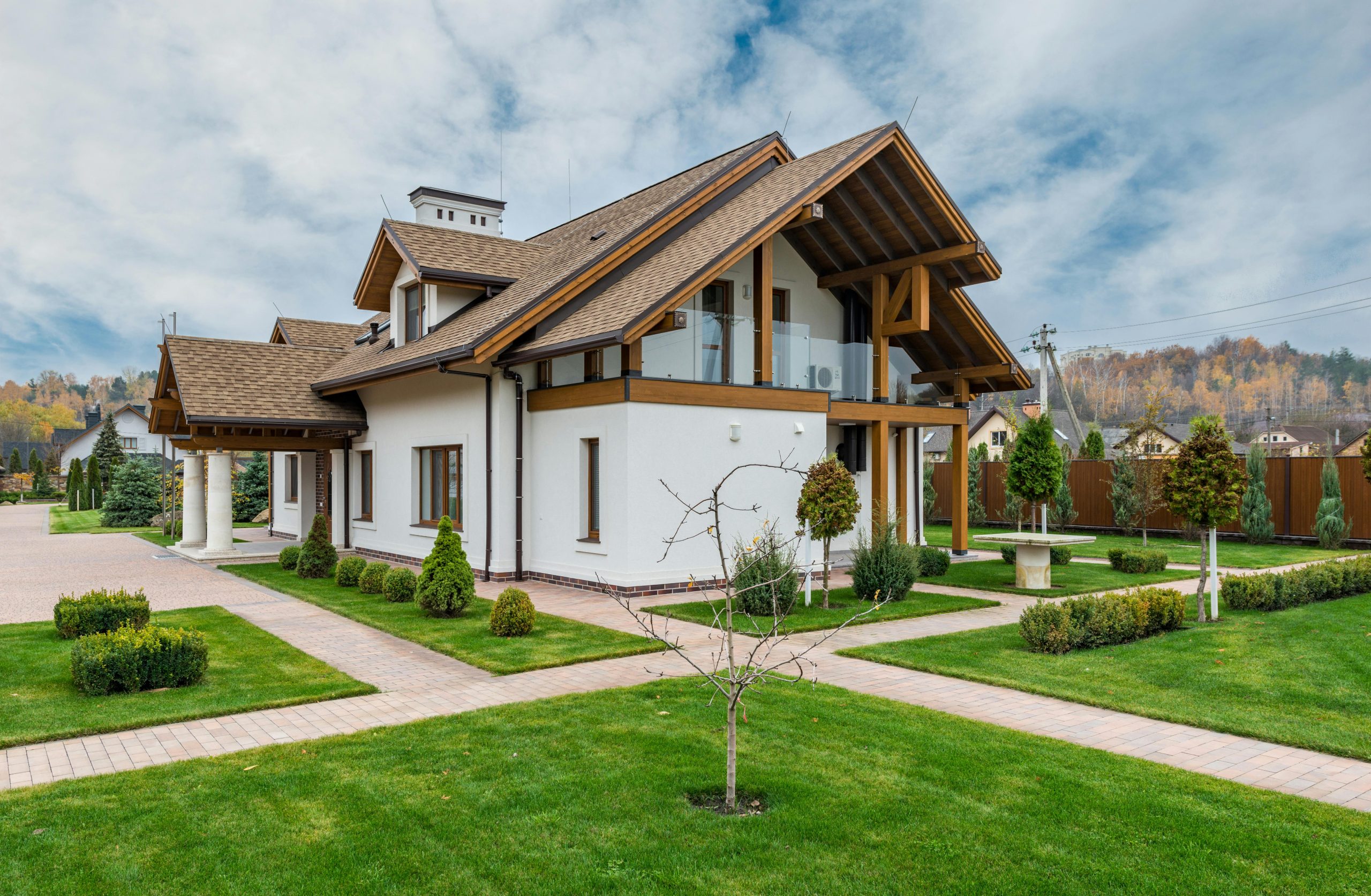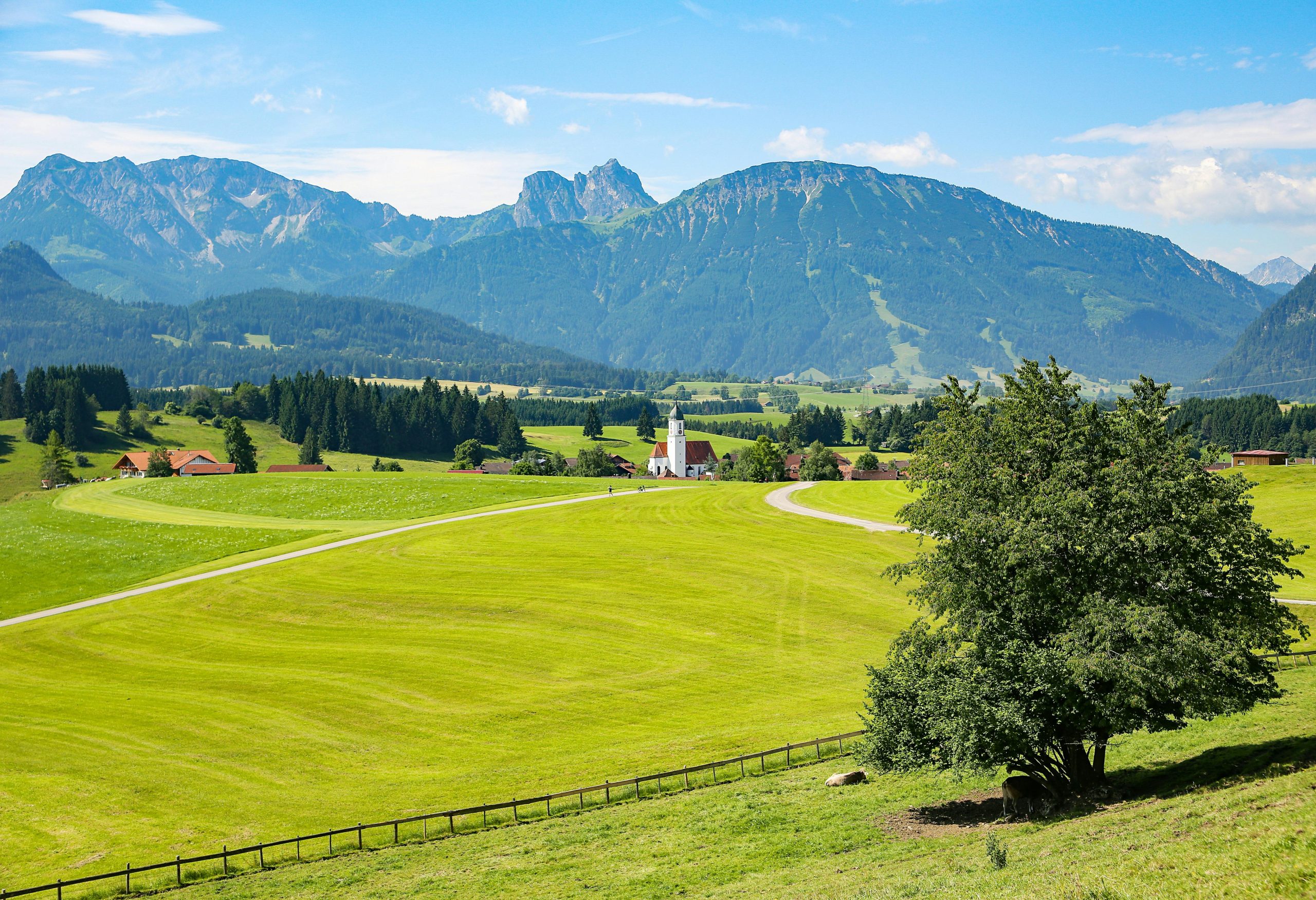Landscaping around trees with rocks is a popular and visually appealing way to enhance the beauty of your outdoor space. Rocks can provide texture, color, and contrast while also serving practical purposes such as weed suppression and erosion control. Whether you have a large backyard or a small garden, incorporating rocks into your tree landscaping can create a stunning focal point. In this article, we will provide you with twelve essential tips to help you successfully landscape around trees with rocks. Let’s dive in!
1. Choose the Right Rocks
• Size: Select rocks that are proportionate to the size of the tree and the surrounding landscape. Larger rocks work well for larger trees, while smaller rocks are suitable for smaller trees or tight spaces.
• Texture and Color: Consider the texture and color of the rocks to create visual interest and complement the tree’s foliage and bark. Smooth, rounded rocks provide a softer look, while jagged or angular rocks offer a more rugged appeal.
• Local Availability: Opt for rocks that are native to your region or readily available locally. This not only ensures a more natural look but also makes sourcing and transporting the rocks easier and more cost-effective.

2. Plan the Layout
• Clear the Area: Start by clearing the area around the tree of any existing plants, weeds, or debris. This provides a clean canvas for your landscaping project.
• Consider the Tree’s Needs: Take into account the tree’s root system and avoid disturbing it as much as possible. The rocks should be placed in a way that allows for proper water drainage and does not suffocate the tree’s roots.
• Create a Design: Sketch out a design or layout plan before you start placing the rocks. This will help you visualize the arrangement and ensure a cohesive and balanced look.
3. Prepare the Ground
• Weed Control: Before laying the rocks, remove any existing weeds or grass in the area. Consider using a weed barrier or landscape fabric to prevent weed growth in the future.
• Level the Ground: Ensure that the ground is level and even before placing the rocks. This will help with stability and prevent the rocks from shifting or rolling over time.

4. Start with the Larger Rocks
• Anchor Pieces: Begin by placing the larger rocks strategically around the tree. These anchor pieces will serve as focal points and provide a sturdy foundation for the rest of the landscaping.
• Vary the Sizes and Heights: Arrange the larger rocks in a way that creates visual interest by varying their sizes and heights. This will add depth and dimension to the landscape.
5. Fill in with Smaller Rocks
• Fill the Gaps: Once you have placed the larger rocks, fill in the gaps with smaller rocks. This will create a seamless transition and fill out the space around the tree.
• Use Different Shapes and Colors: Incorporate rocks of different shapes, sizes, and colors to add texture and visual appeal. Mix and match to create an aesthetically pleasing arrangement.
6. Consider Pathways and Edging
• Pathways: If you have enough space, consider creating pathways using rocks. These can lead to other areas of your garden or simply provide a visually pleasing walkway around the tree.
• Edging: Use rocks as natural edging to define the area around the tree. This not only adds a finishing touch to your landscaping but also helps prevent soil erosion and keeps mulch or other ground covers in place.

7. Add Plants and Greenery
• Select Appropriate Plants: Integrate plants and greenery that thrive in the shade or partial shade conditions created by the tree. Choose plants that complement the rock landscaping and enhance the overall aesthetic.
• Plant Placement: Position the plants strategically among the rocks, taking into consideration their growth habits and mature sizes. This will help create a harmonious balance between the rocks and plants.
8. Create Visual Interest
• Incorporate Water Features: If you want to take your tree landscaping to the next level, consider adding a water feature such as a small fountain or a birdbath. This can provide a focal point and attract wildlife toyour outdoor space.
• Use Different Rock Colors and Textures: Experiment with a variety of rock colors and textures to create visual interest. Mix light and dark rocks, and combine smooth and rough textures to add depth and dimension to your landscape.
• Add Ornamental Elements: Enhance the aesthetics of your tree landscaping by incorporating decorative elements such as statues, sculptures, or garden ornaments. These can serve as focal points and add a touch of personality to your outdoor space.

9. Maintain Proper Drainage
• Consider Drainage Patterns: Take into account the natural drainage patterns of your landscape when placing rocks around the tree. Ensure that water can flow freely and does not pool around the tree’s base, as this can lead to root rot or other issues.
• Use Porous Rocks: Opt for rocks that are porous, as they allow water to permeate through them and reach the soil. This helps maintain proper moisture levels and prevents waterlogging.
10. Regular Maintenance
• Weed Control: Regularly inspect the area around the tree and remove any weeds or grass that may emerge. This will help keep your landscaping looking neat and well-maintained.
• Rock Re-arrangement: Over time, rocks may shift or become dislodged. Periodically check and re-arrange the rocks as needed to maintain their placement and stability.
• Prune and Trim: Trim any overhanging branches or foliage from the tree that may obstruct the view of the rock landscaping. This will help showcase the rocks and maintain the visual appeal of the design.
11. Safety Considerations
• Watch for Tripping Hazards: Ensure that the rocks are placed securely and do not create tripping hazards, especially if you have children or elderly individuals in your household. Smooth out any uneven surfaces or protruding rocks to prevent accidents.
• Avoid Damage to the Tree: Take care not to damage the tree’s roots or bark while placing the rocks. Avoid piling rocks too close to the trunk, as this can cause moisture retention and lead to disease or decay.

12. Seek Professional Help if Needed
• Consult a Landscape Designer: If you feel overwhelmed or unsure about the design or implementation of your tree landscaping project, consider consulting a professional landscape designer. They can provide expert guidance and help bring your vision to life.
• Tree Care Specialist: If you have concerns about the health or well-being of your tree, consult an arborist or tree care specialist. They can assess the tree’s condition and provide recommendations for landscaping around it without causing harm.
Conclusion
Landscaping around trees with rocks is a creative and visually appealing way to enhance your outdoor space. By following these twelve tips, you can create a beautiful and well-balanced landscape that complements your trees and adds a touch of natural beauty to your surroundings. Choose the right rocks, plan the layout carefully, prepare the ground properly, and consider the tree’s needs. Start with larger rocks and fill in with smaller ones, and consider adding pathways, edging, and plants. Create visual interest, ensure proper drainage, and maintain the landscaping regularly. Pay attention to safety considerations and seek professional help if needed. With these tips in mind, you can create a stunning rock landscape around your trees that will be the envy of your neighborhood. Happy landscaping!




